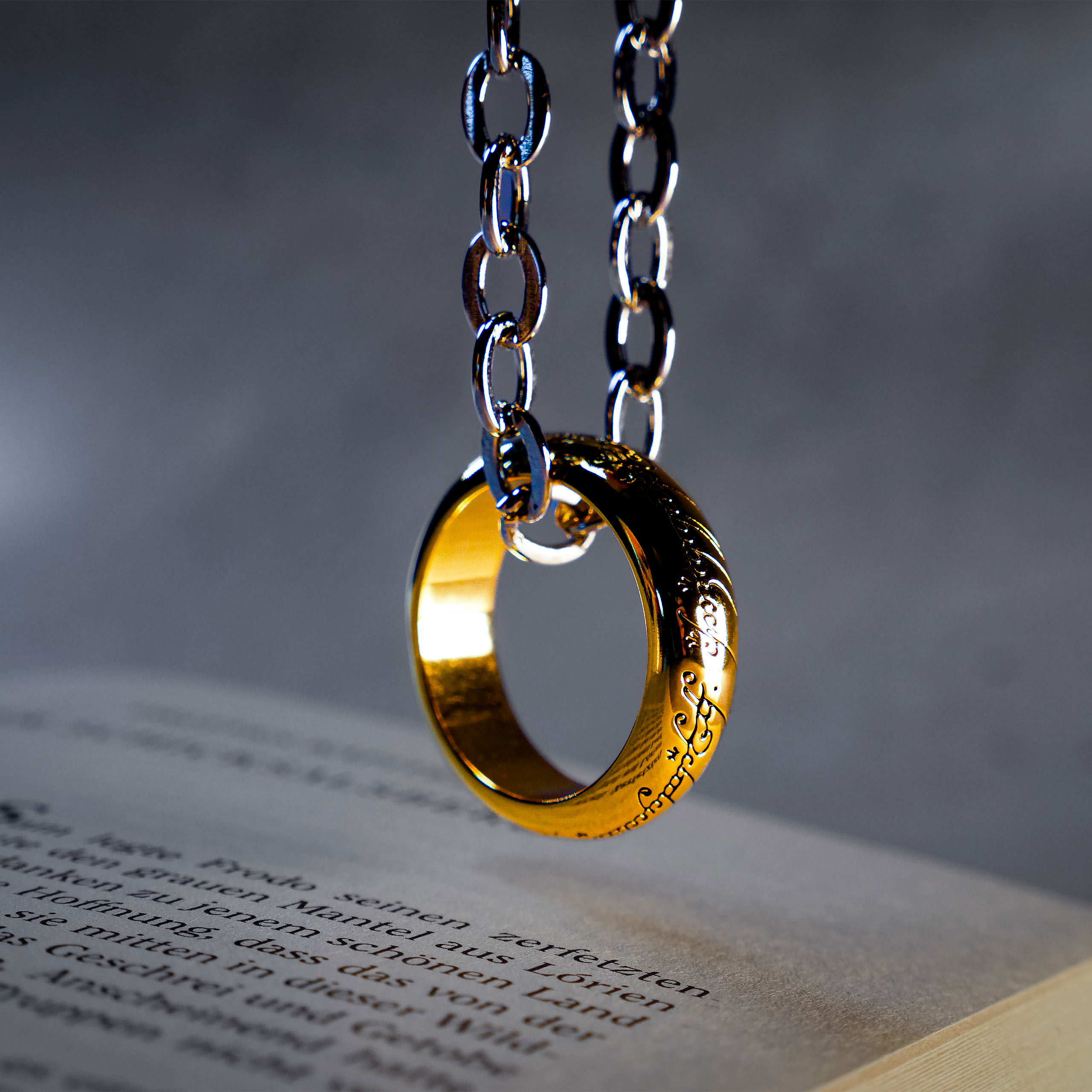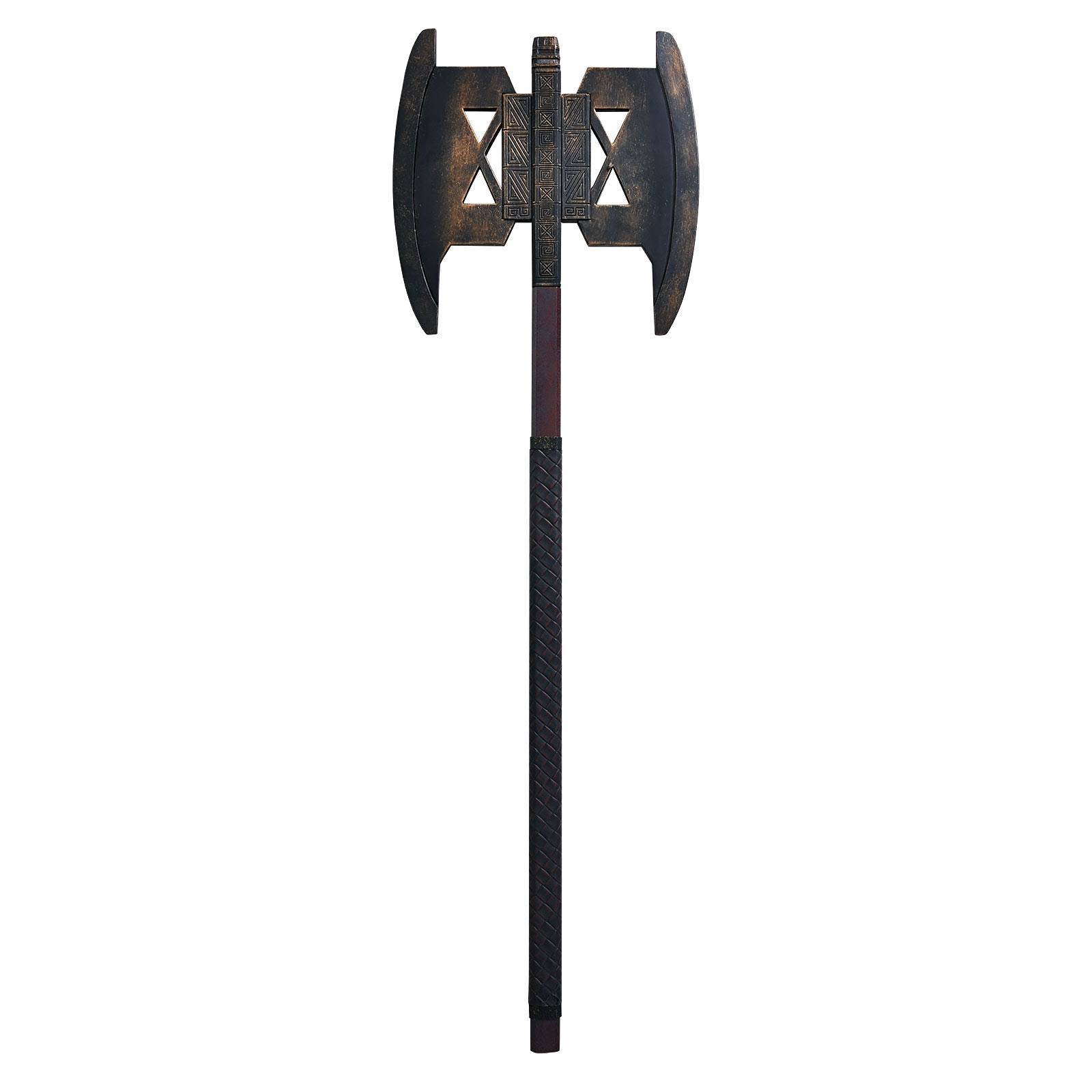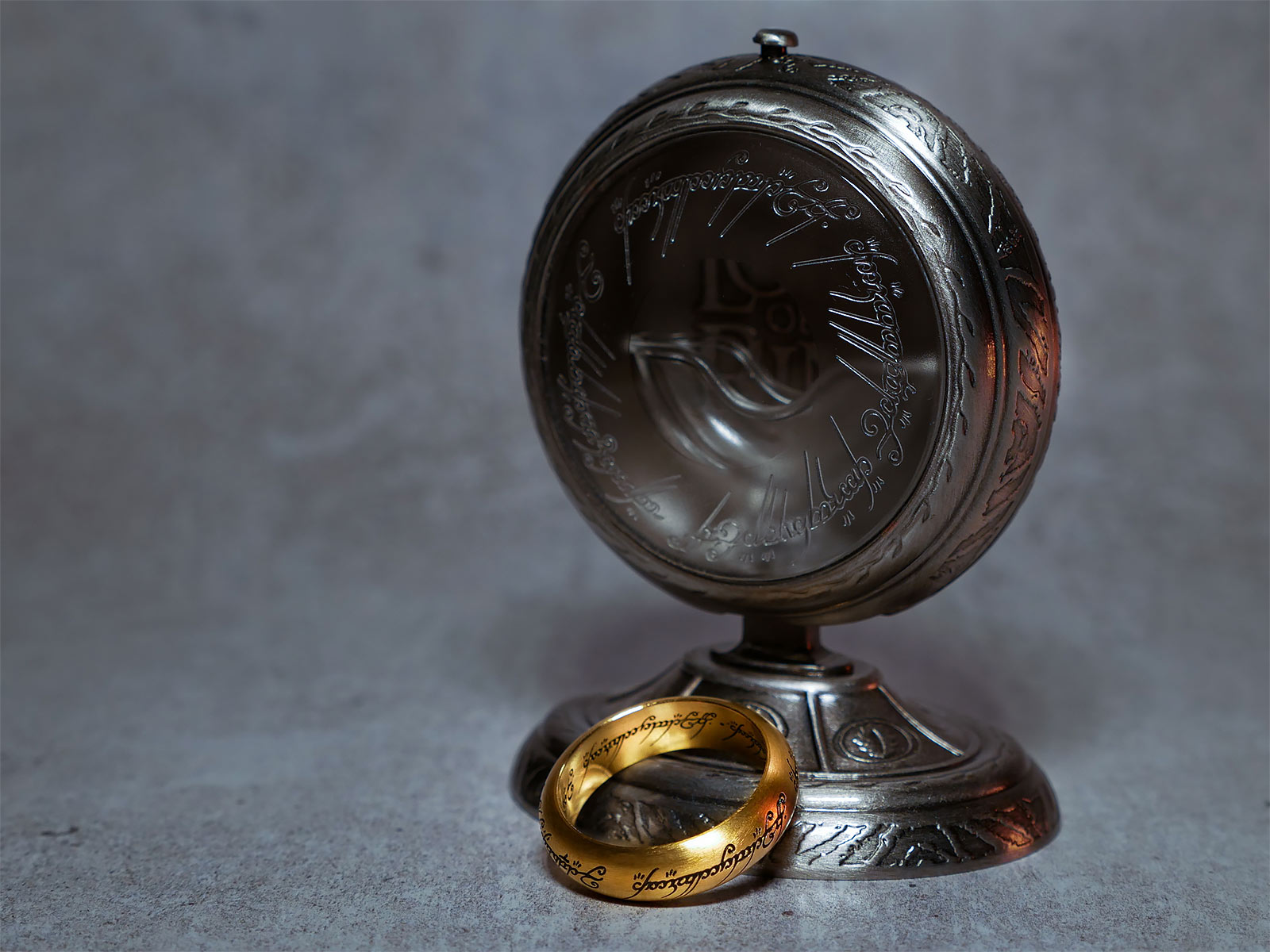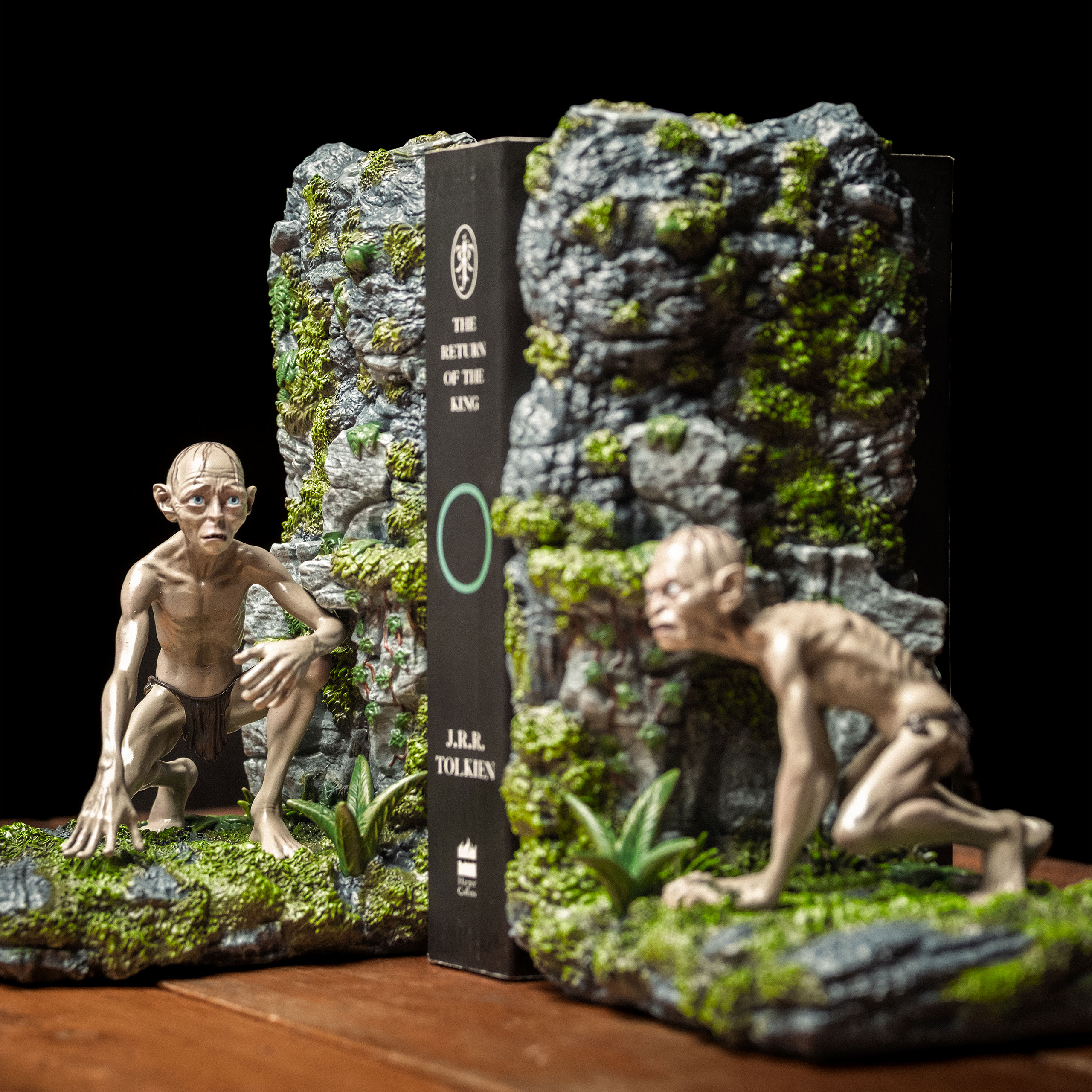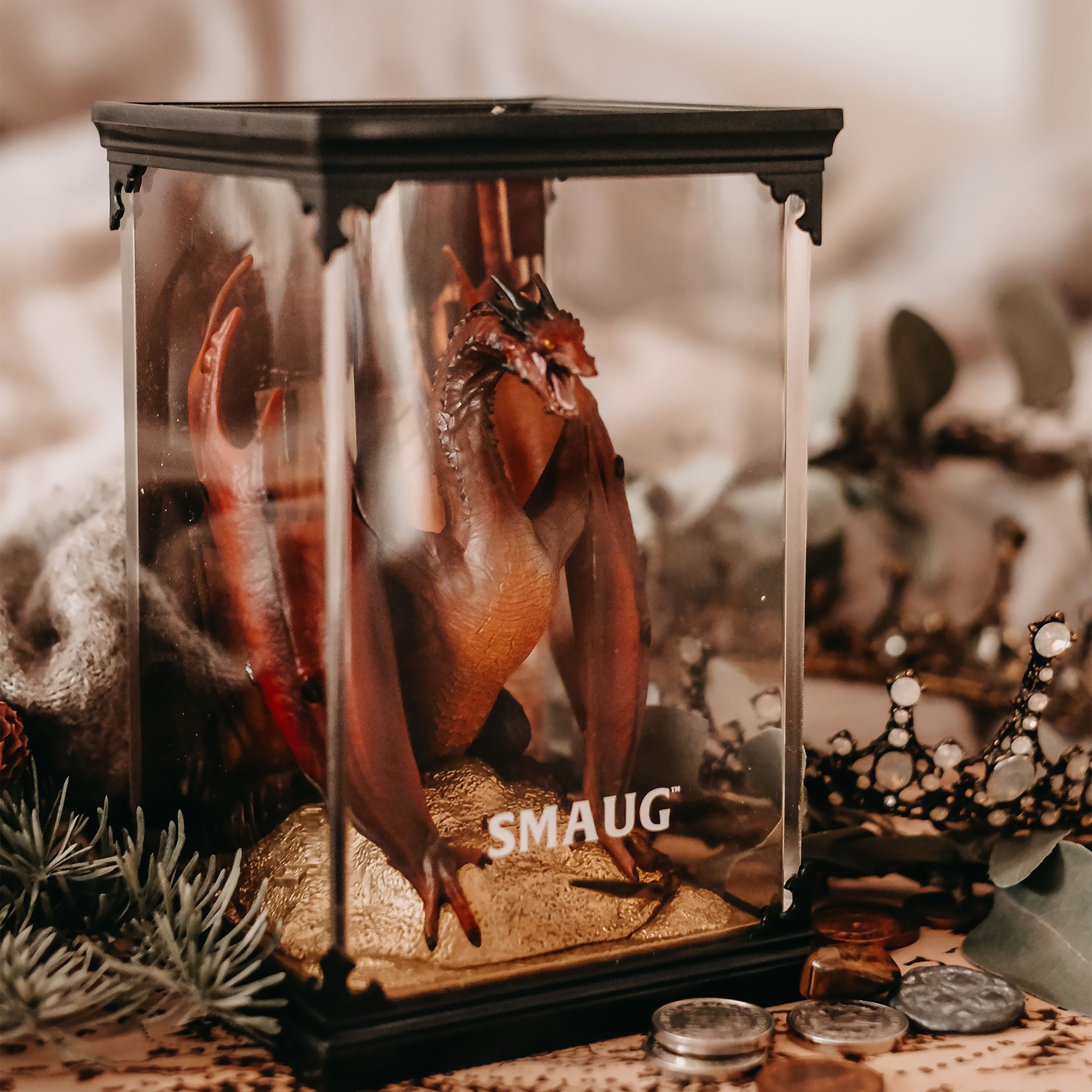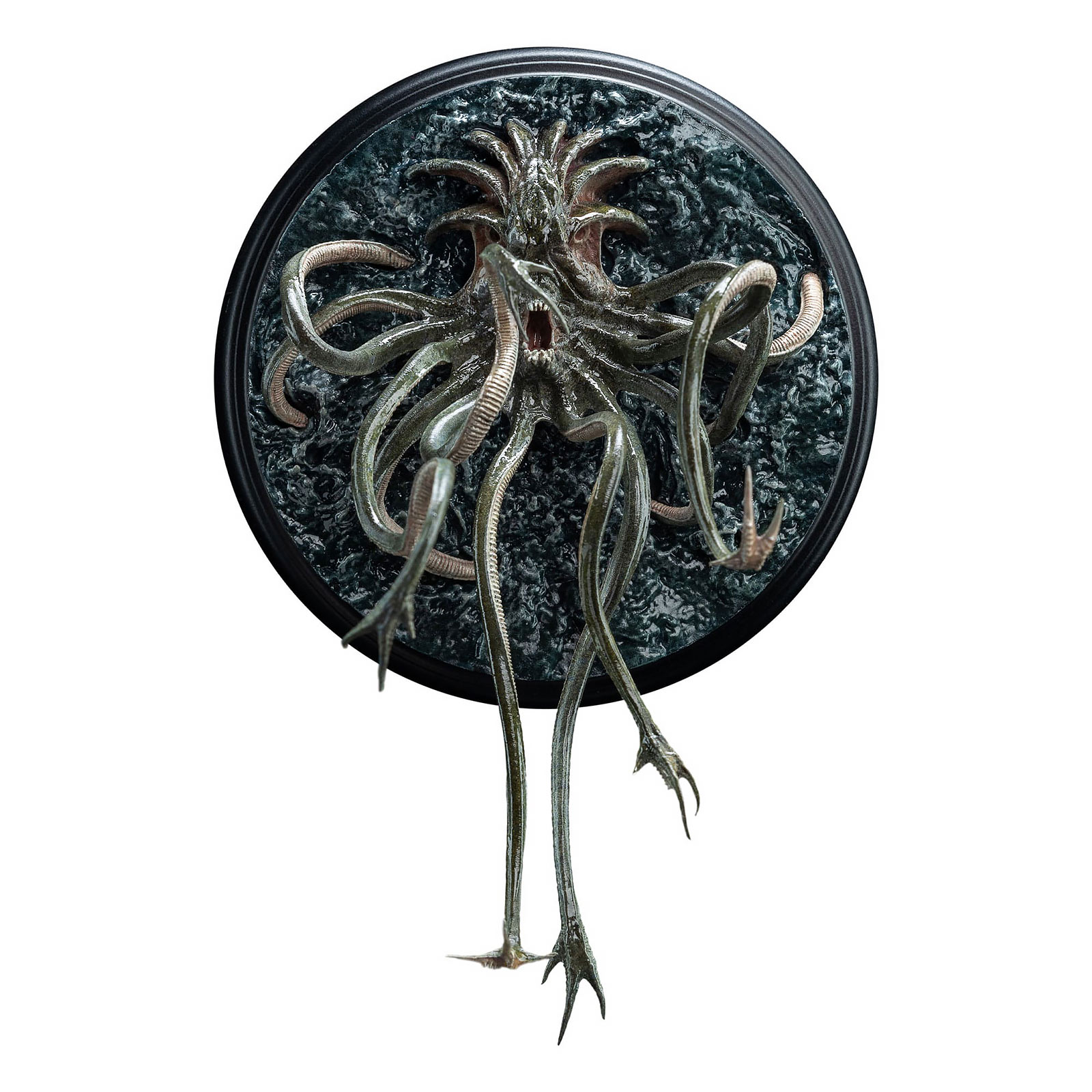The Hobbit
Cumberbatch, the backwards-talking lizard
Actors often take on considerable challenges. They spend months, sometimes years, on research, they sit motionless for hours every day getting their make-up done, and they commit elaborate choreography or never-ending monologues to memory. Even voice actors don't necessarily escape such extreme scenarios. For his role as Smaug, for example, Benedict Cumberbatch regularly visited London Zoo to study the reptiles. He wanted to recreate precisely the right movements for his motion capture shots. And for his second role, the Necromancer (aka Sauron), Cumberbatch went one step further: he spoke his lines backwards and asked for them to be played backwards afterwards to add an inhuman effect to his voice.
The Hobbit trilogy: better than their reputation?
Suppose you were approached by the assembled Warner Bros management. Asking you to consider making an adaptation of J.R.R. Tolkien's classic children's book The Hobbit. And, if you wouldn't mind, please repeat the global success of The Lord of the Rings. How would you rate your chances of success? We thought so. Presumably the many enormously talented filmmakers behind An Unexpected Journey, The Desolation of Smaug and The Battle of the Five Armies felt the same way.
And for good reason, The Lord of the Rings is a once-in-a-lifetime success that changed Hollywood permanently. To repeat that would be a minor miracle even in ideal circumstances. And the circumstances encountered by Peter Jackson were anything but ideal. In fact, he wasn't even meant to be the director, but Guillermo del Toro (who was the original choice) had to leave the project suddenly. Jackson stepped in to save the trilogy, but he was not given enough time to prepare for this huge undertaking. Instead, he had to work with what another director had put in place over the course of 18 months.
So it is hardly surprising that the Hobbit trilogy was not flawless. But it was still a success. The films starring Martin Freeman, Ian McKellen and Richard Armitage grossed nearly $3 billion at the box office. And for all the justified criticism, there is much to be said for The Hobbit. Or at least, that's our view. Let's look at a few examples.
Our trilogy highlights
If you want to make several Hobbit films, you need at least one pretty good Hobbit. And Peter Jackson was bang on the money by casting Martin Freeman! Freeman's entire career has been built on portraying the normie, whether that's in The Office, Sherlock or The Hitchhiker's Guide to the Galaxy. Who could be better to play the humble and not overly talented Bilbo Baggins, who has to muster all his courage to survive his adventure with Gandalf and Thorin. For us, Freeman is the heart of the trilogy. He always hits the right note, whether he's fretting about dwarves or becoming obsessed with the One Ring in a way that is both subtle and disturbing. If anything, as far as Freeman is concerned, there is only one problem: the trilogy focuses far too little on him, especially in the final two films.
While we are speaking of Bilbo, we have to mention Gollum, once again played by the incomparable Andy Serkis. Yes, his appearance is rather brief, but it is all the more important because this meeting between the two characters is what sets the story of The Lord of the Rings in motion. We can't stress enough how impressed we are with Jackson's restraint when it comes to Gollum. It's a restraint that might have benefited the Hobbit films in other places. Anyway, it is what it is! It would have been easy to put this iconic figure more in the spotlight. Instead, what we get is two outstanding actors doing what they do best. The fact that the dialogue is so faithful to the book also enhances the scene.
We also think Thorin's descent into madness is captured very powerfully, perhaps even more so than in the book. This is especially true for the Extended Editions, where Thorin's arc is already featured in the first film. From a dwarf to the elves, who provide a nice contrast to The Lord of the Rings. While the elves of Rivendell and Lórien are mysterious but always helpful, the elves of the Bleak Forest seem more dangerous, almost hostile. In the Hobbit films, they are at least as threatening as the Orcs, and we like the fact that the elves were depicted in a ... how shall we put it ... morally ambiguous way. Which is also consistent with stories from the Silmarillion, on which front, immense kudos to Thranduil, played by the great Lee Pace.
There is so much more we could mention. The mighty Smaug made a long-lasting impact on us, not just due to the special effects and the voice of Benedict Cumberbatch, but also thanks to the dialogue, which is so faithful to the book. We also always enjoy the veeeery slightly over-the-top barrel scene, just as we have come to appreciate the badass Legolas. Or the design of the dwarves. And all that time in the shire in the first film. But most importantly, the work by the WETA Workshop production designers was once again beyond reproach, as was the brilliant soundtrack by Howard Shore Yes, the films have their problems. But they also contain at least as many beautiful moments.
Orcrist, Sting and so much more
Not only have the adaptations given us almost nine hours of new Middle-earth film material, but they've also given us plenty of Hobbit merchandise we wouldn't want to miss out on! For example, there are new versions of the One Ring, quite a few T-shirts and mugs, but also high-quality replicas that are among the best a fan could wish for! Several new Hobbit swords have been produced as film replicas (or epic letter openers), first and foremost Orcrist, the sword belonging to Thorin Oakenshield, but also the dagger later bequeathed to Frodo Baggins. The Map of the Lonely Mountain, such an important part of the film, also features heavily in Hobbit merchandise, as does Thorin's key to the secret entrance. And whatever you think of the newly created character Tauriel, her epic fighting knives can easily rival Legolas's combat gear in terms of equipment.
These highlights alone mean we wouldn't want to be without the Hobbit trilogy. And in particular, we mustn't forget, the films don't change anything in terms of the legacy of Peter Jackson's masterpiece The Lord of the Rings. If you don't like the Hobbit trilogy, there is always the other Middle-earth trilogy or, in the meantime, you could try The Rings of Power series adaptation, which is set in the Second Age of Middle-earth. But with the benefit of a few years' distance, we would already recommend giving The Hobbit another chance. In our opinion, it's worth it! Speaking of which: find out how the Elbenwald community feels about several questions relating to The Lord of the Rings in the analysis of our big fan survey.


